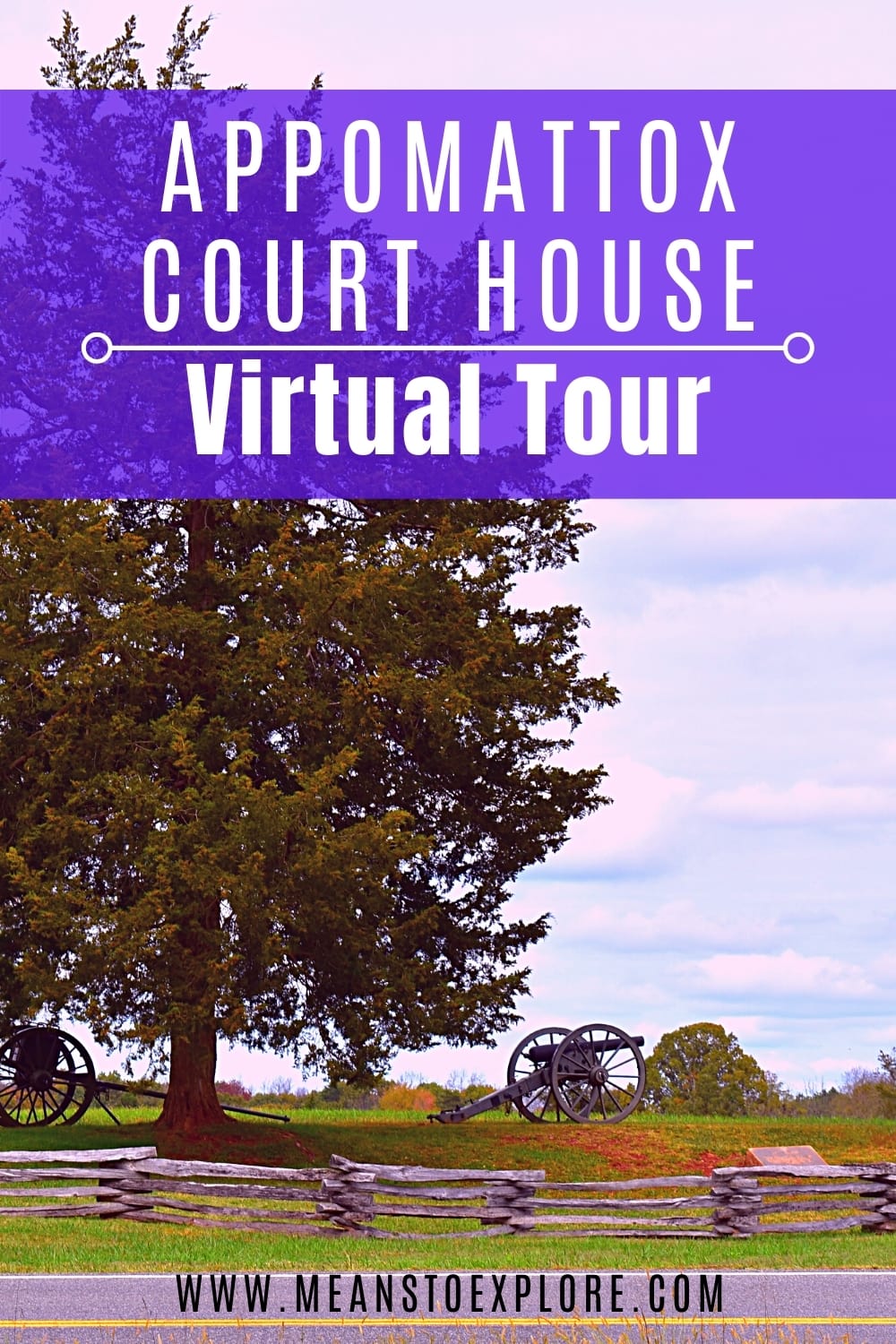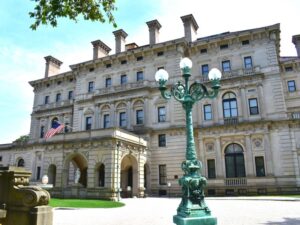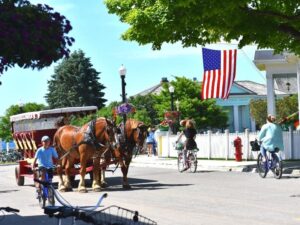Visiting Appomattox Court House National Historical Park in Virginia is a unique look back in time to when the United States was at its most divided. This tiny town in Virginia would see the end of the Confederacy and the continuation of the US as one country. An Appomattox Court House virtual tour is a great way to explore this national park hidden gem from the comfort of your home!
While Appomattox is an easy day trip from several states, we can’t always get away from work or responsibilities. Instead, I’ve collected 11 photographs from my adventures at this underrated national park site, to create a virtual tour for virtual travelers!
This post may contain affiliate links. As an Amazon Associate, I earn from qualifying purchases. This means if you click a link and make a purchase, that I may earn a small commission, at no extra cost to you.
What Happened at Appomattox Court House
Appomattox Court House is known in American history as the place where the Civil War ended. It was in the parlor of the McLean House where Union General Ulysses S. Grant met with Confederate General Robert E. Lee to sign the terms of surrender for the Army of Northern Virginia, effectively ending the American Civil War.
However, in the 1860’s it’s not quite that simple.
No internet or television, or even radio!, to instantaneously spread the word. Telegraph was the quickest form of communication at the time, and it was entirely dependent on uncut lines, which could be difficult to come by in a war-ravaged landscape. Washington, DC had the news within a few hours, but most of the South didn’t know for a few days or weeks.
While Lee has surrendered the largest army the Confederacy had in Virginia, the remaining Confederate armies spread out across the South are still fighting, having either not yet received the news or just unaccepting of their doomed cause.
Grant and the Union army at Appomattox Court House had to print parole papers for Lee’s Confederate soldiers to have safe passage to their homes without being stopped and detained as prisoners of war by another Union army outfit that hadn’t yet heard of the surrender.
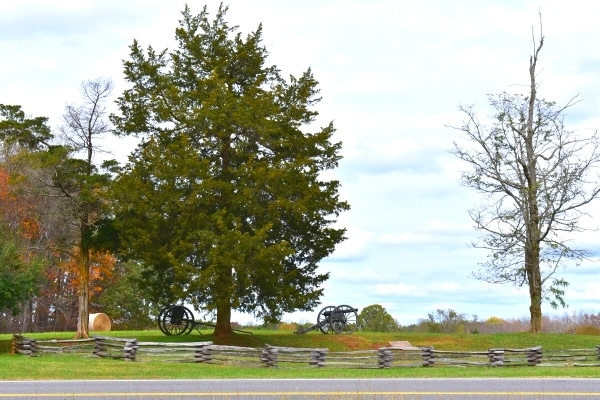
What Can You See Today at Appomattox Court House National Historical Park
The main feature of the Appomattox Court House National Park is the Historic Village area. Here you’ll find a small collection of period homes and stores built around the centrally located Appomattox County Court House.
Hiking trails cross the park and give you a better feel for how the soldiers and the townspeople would have felt.
Imagine being a solider charging across an open farm field, facing heavy cannon fire as you run. Or imagine being a homeowner cowering in your basement, feeling your house shake above you with each new boom from the artillery lines as soldiers march past your front yard.
War is devastating for everyone.
An Appomattox Court House Virtual Tour through Pictures!
Most of the photographs for this virtual tour are from the Historic Village area, but there are a few from the hiking trails as well! I hope this virtual tour encourages you to consider Appomattox Court House National Park for an in-person visit on your next eastern US road trip!
Appomattox County Courthouse (also the Visitor Center)
This is not where the surrender was signed, but this is the building that gave the town its name. Today it’s the park’s visitor center.
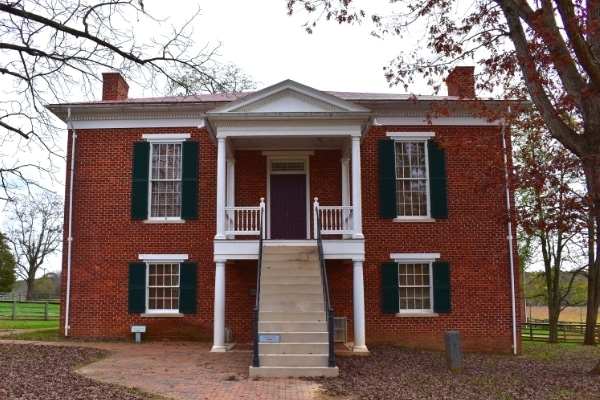
McLean House
The parlor of this home is set up exactly as Grant and Lee would have seen it. The marble desk was used by Lee and the wooden desk was used by Grant to sign the terms of surrender.
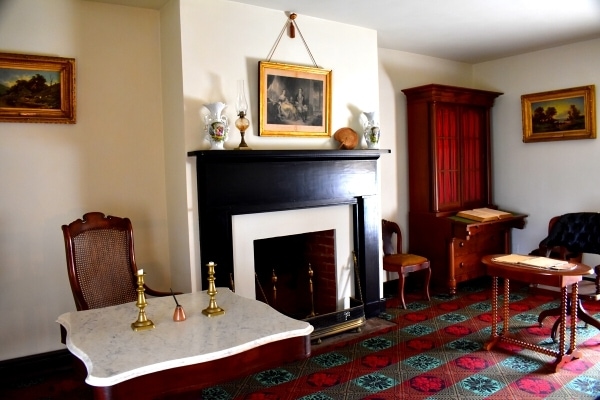
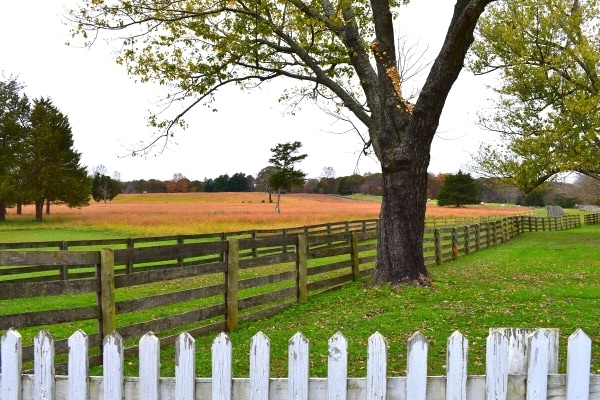
Plunkett-Meeks Store
A peek inside what a typical general store would have looked like at the time.
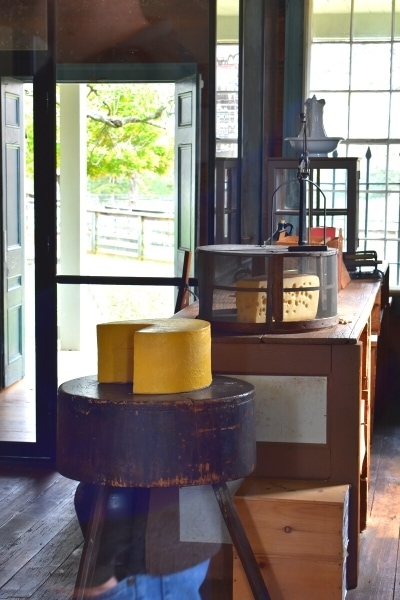
Clover Hill Tavern
Taverns were like motels in the 1800’s. The downstairs of this building was normally a living room type area but became a temporary printing shop as printing presses were set up to create the almost 30,000 parole papers needed to send Lee and his soldiers home.
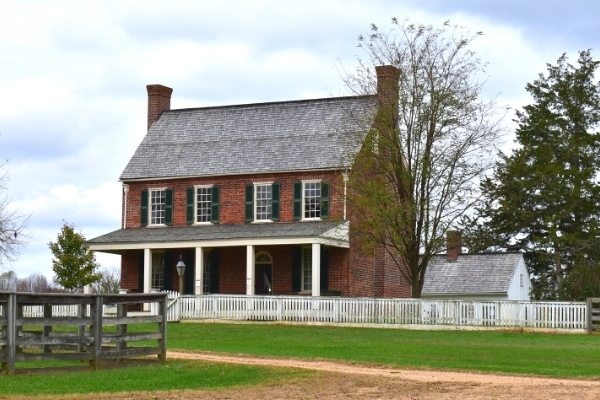
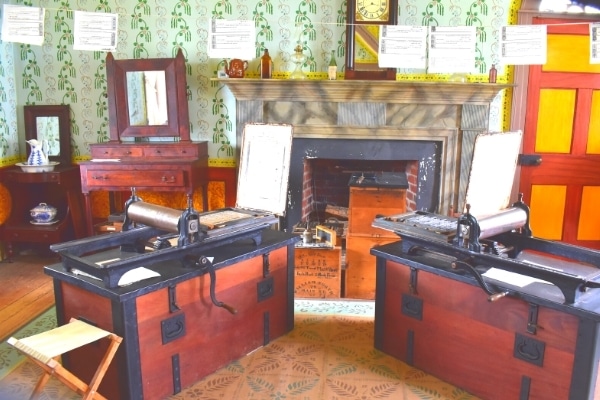
Appomattox County Jail (the New Jail)
It was typical to have the County Court House and the County Jail near each other. Note the curtains on the downstairs windows where the jailor would have lived and the bars on the upper windows where the inmates would have been kept.
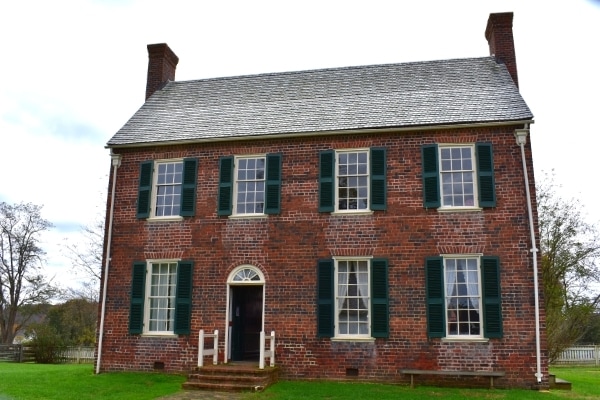
Peers House
Another home in the village of Appomattox Court House.
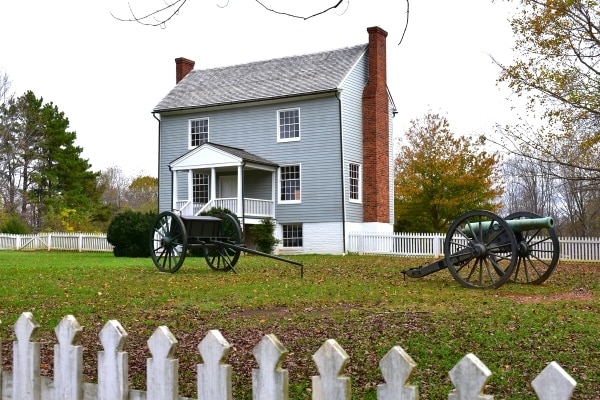
Confederate Cemetery
Unknown Confederate soldiers and one unknown Federal solider were laid to rest in this cemetery created after the war. Separate in life but together in death.
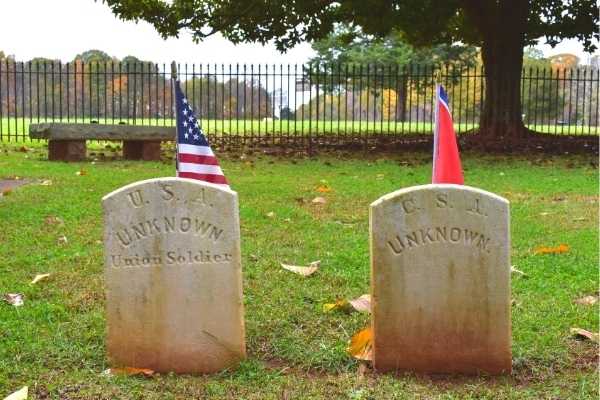
Raine Monument
Raine family cemetery which predated the Battle of Appomattox Court House
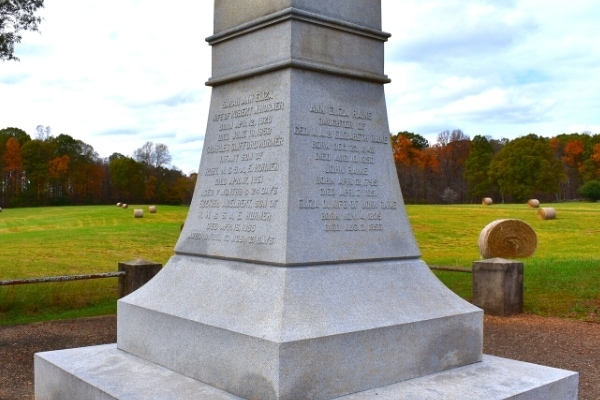
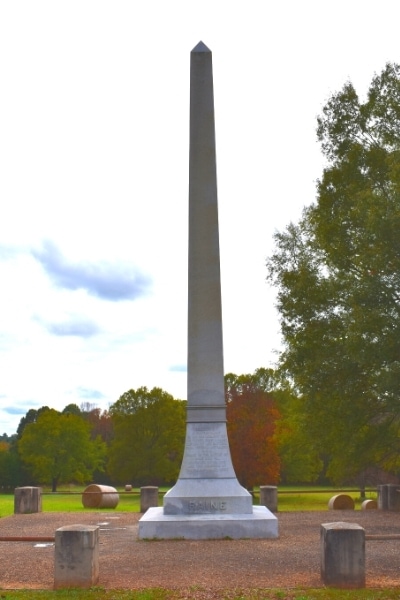
Additional Resources
The NPS website has set up 360 degree virtual tour images of the central portions of the park for those visitors that cannot come out in person. Sites you can virtually visit include:
- Confederate Cemetery
- McLean House (exterior)
- The Parlor of the McLean House, where Lee and Grant signed the terms of surrender
- West side of the Appomattox Court House Village
- Plunkett-Meeks Store (interior)
- East side of the Appomattox Court House Village
Other Things to Do at Appomattox Court House National Historical Park
Visiting in person always beats just pictures, so here are some things to do at Appomattox Court House to help plan your trip!
- Start in the Historic Village area and see the Court House, McLean House, and Clover Hill Tavern
- Hiking trails around the park, short or long trails available
- See the North Carolina Monument, the only state-specific monument in this park
- Follow the Appomattox Court House Driving Tour
Enjoy your time at this important historical battlefield!
Happy Travels!

About the Author: Rachel Means
With six-figure student loan debt and only 10 PTO days per year, Rachel started traveling the world. A decade later, she’s paid off her loans, changed careers, and been to 36 US states and 14 countries. She’s an expert at planning and budgeting for travel and loves to help others do it, too! Read her full story here.
Share it!
